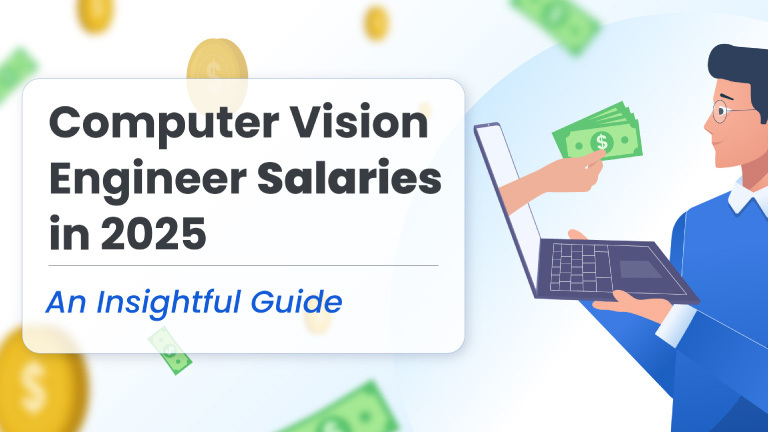
Computer Vision is at the intersection of innovation and practicality, allowing machines to interpret and process visual data in ways that were once considered purely science fiction. From enabling autonomous vehicles to enhancing healthcare diagnostics, Computer Vision Engineers are at the forefront of technological advancements shaping the future. With the explosive growth of artificial intelligence (AI) and deep learning, this role has become one of the most sought-after and rewarding career paths in the tech industry.
What Does a Computer Vision Engineer Do?
A Computer Vision Engineer specializes in developing and deploying algorithms that allow computers to analyze, interpret, and derive meaningful information from visual inputs such as images and videos. This includes object detection, image recognition, video tracking, and facial recognition.
Key Responsibilities:
- Algorithm Development: Creating and optimizing machine learning models for visual data analysis.
- Data Preprocessing: Cleaning, augmenting, and organizing large datasets for training purposes.
- Model Deployment: Integrating models into applications for real-time analysis, such as self-driving car systems or automated security cameras.
- Research and Innovation: Staying ahead of trends by researching the latest advancements in deep learning and computer vision.
Did You Know?
LinkedIn’s Emerging Jobs Report consistently ranks AI-related roles, including computer vision, among the top positions with exponential job growth.
Average Salaries for Computer Vision Engineers in 2025
United States
In the United States, Computer Vision Engineers are among the highest-paid professionals in AI, reflecting the critical demand for their expertise in various industries.
- Average Annual Salary: $122,000
- Salary Range: $80,000–$170,000
- Bonuses: $3,000–$25,000
- Profit-Sharing: $5,000–$35,000
Freelance Rates: Hourly rates range from $62.00 to $85.00, with an average of $70.00/hour, making freelancing a lucrative option for experienced engineers.
Why Are Salaries So High?
The U.S. is home to many AI-driven industries, including tech giants, healthcare startups, and autonomous vehicle companies. These organizations rely heavily on computer vision expertise to maintain their competitive edge.
India
India is rapidly becoming a key player in AI and computer vision innovation, and salaries for Computer Vision Engineers reflect the increasing importance of these roles.
- Average Annual Salary: ₹650,000
- Salary Range: ₹350,000–₹2,100,000
- Bonuses: ₹10,000–₹120,000
Senior Roles in India:
- Senior Computer Vision Engineer Salary: ₹950,000–₹2,000,000
The growing presence of tech giants and startups in cities like Bengaluru, Hyderabad, and Pune has created a fertile environment for computer vision professionals. Roles in healthcare, autonomous systems, and security are particularly in demand.
Europe
European countries, particularly Germany, France, and the UK, have seen a surge in demand for computer vision expertise. With the expansion of autonomous vehicle technology and robotics, Europe offers competitive salaries for professionals in this field.
- Average Salary in Germany: €72,000/year
- Average Salary in the UK: £65,000/year
- Salary Range Across Europe: €50,000–€100,000/year
- Hourly Rates: €30–€50/hour
The following table shows the pay for different job roles compared to Computer Vision Engineer.
| Role | United States (USD) | India (INR) | Europe (EUR) | United Kingdom (GBP) |
| Computer Vision Engineer | $122,000 | ₹650,000 | €72,000 | £65,000 |
| Machine Learning Engineer | $115,000 | ₹710,000 | €68,000 | £62,000 |
| Data Scientist | $110,000 | ₹800,000 | €60,000 | £58,000 |
| AI Researcher | $130,000 | ₹1,200,000 | €85,000 | £72,000 |
| Software Engineer | $105,000 | ₹600,000 | €55,000 | £50,000 |
| Deep Learning Engineer | $125,000 | ₹900,000 | €75,000 | £68,000 |
| NLP Engineer | $120,000 | ₹850,000 | €70,000 | £65,000 |
| Computer Vision Researcher | $140,000 | ₹1,500,000 | €90,000 | £75,000 |
Source: AmbitionBox, Payscale, Glassdoor, Levels.fyi
Industry Demand for Computer Vision Engineers
The demand for computer vision engineers spans multiple industries, showcasing the versatility of this role.
1. Automotive
Self-driving cars rely on computer vision for lane detection, object recognition, and traffic sign identification. Companies like Tesla and Waymo heavily invest in computer vision to ensure safety and efficiency.
2. Healthcare
Computer vision is revolutionizing medical imaging by enabling faster and more accurate diagnoses. AI-powered tools analyze X-rays, MRIs, and CT scans to detect anomalies like tumors and fractures.
3. Retail
Retail giants use computer vision for applications like cashier-less stores, inventory management, and customer behavior analysis.
4. Security
AI-powered surveillance systems equipped with computer vision detect suspicious activities, identify individuals, and enhance public safety.
5. Agriculture
Drones equipped with computer vision analyze crop health, monitor irrigation systems, and identify pests, transforming modern farming practices.
Factors Influencing Salary Variations
Several factors can influence how much you earn as a computer vision professional in 2025
- Location: Salaries are higher in tech hubs like Silicon Valley, New York, and Seattle. However, remote work is becoming more common, which could level the playing field to some extent.
- Industry: Certain industries, such as healthcare and autonomous vehicles, are willing to pay a premium for computer vision expertise due to the high stakes involved.
- Education and Certifications: Advanced degrees (e.g., a Master’s or Ph.D. in computer science or a related field) can significantly boost your earning potential. Certifications in AI and machine learning can also give you a competitive advantage. Company Size: Larger companies with bigger budgets often offer higher salaries than startups. However, startups may provide other benefits like equity and the opportunity to work on cutting-edge projects.
Challenges in Computer Vision Engineering
While the field offers immense rewards, it also comes with its set of challenges:
- Data Scarcity: High-quality, annotated datasets are essential but often difficult to obtain.
- Computational Costs: Training complex models requires significant computational power and resources.
- Bias in Algorithms: Models trained on biased datasets may fail to perform accurately in diverse scenarios.
Future of Computer Vision Field
The future of computer vision looks incredibly promising. As the technology evolves, we can expect:
- Edge Computing: More efficient deployment of vision models directly on devices like smartphones and IoT gadgets.
- Explainable AI: Greater transparency in how algorithms make decisions.
- Global Expansion: Increased adoption in emerging markets, creating new opportunities.
As the world becomes increasingly visual, the role of computer vision in shaping our future cannot be overstated. For those with the right expertise, the opportunities-and rewards-are limitless. So, if you’re passionate about AI and eager to make an impact, there’s no better time to dive into the world of computer vision.


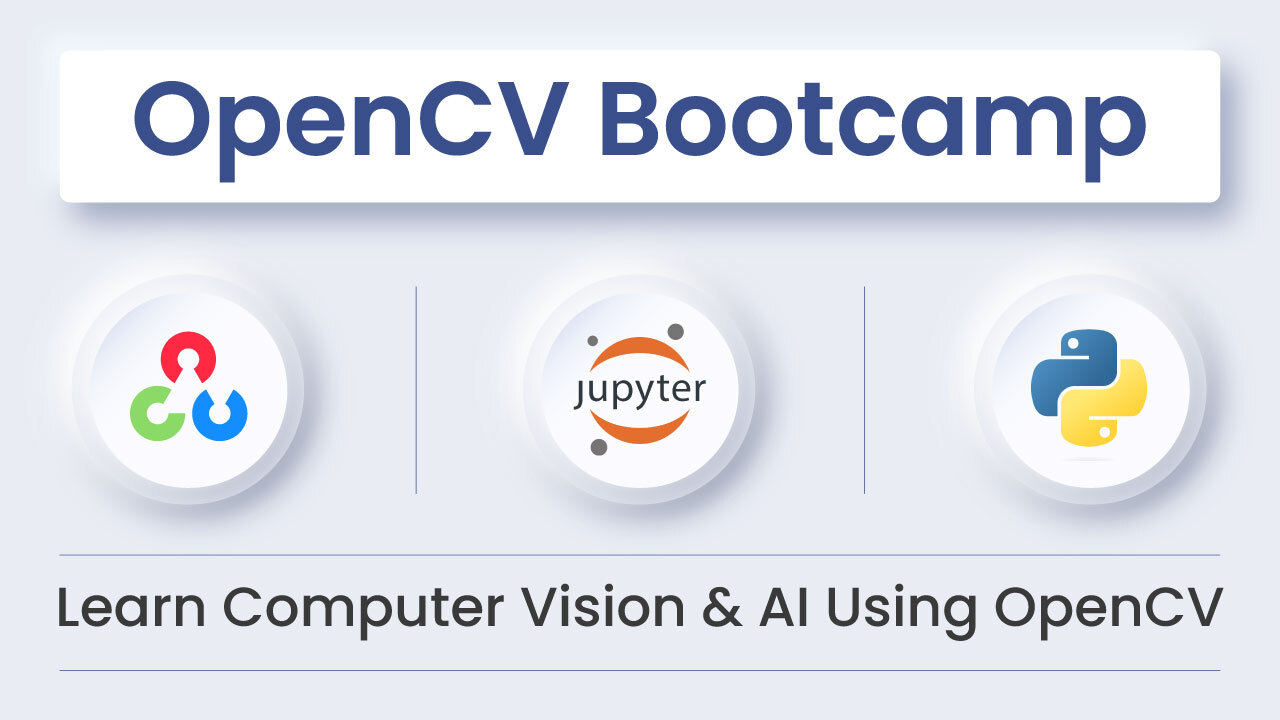




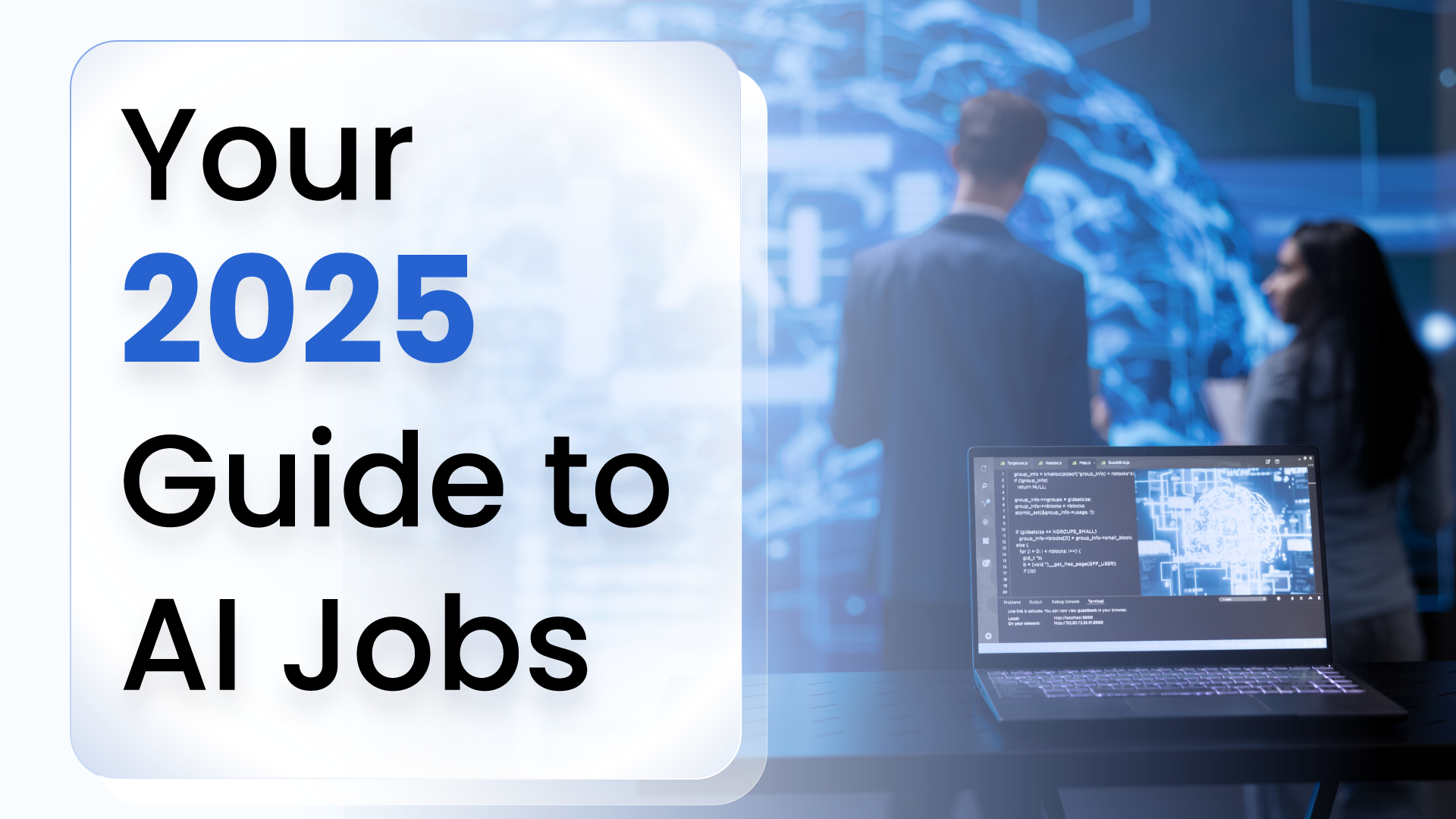
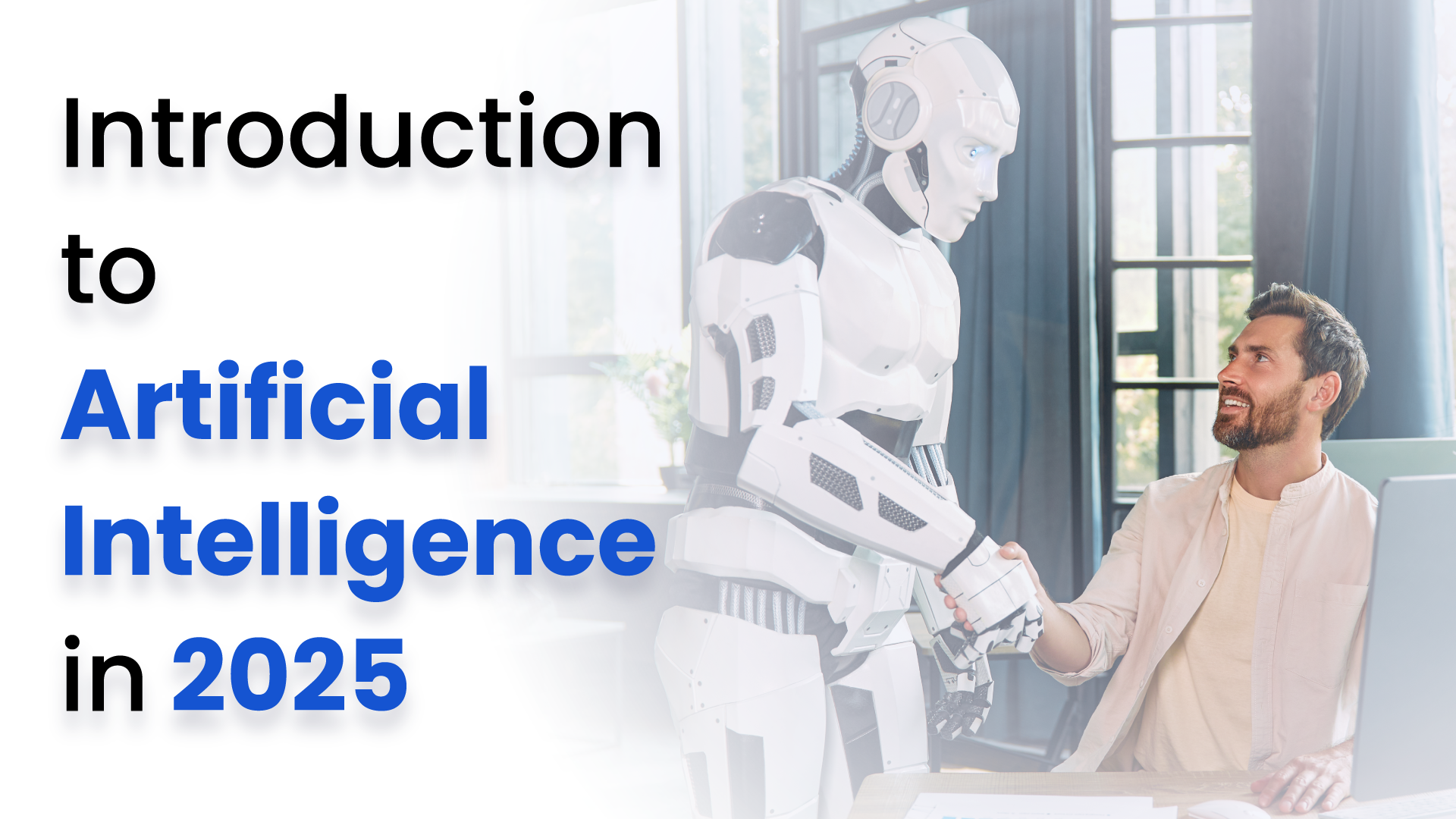
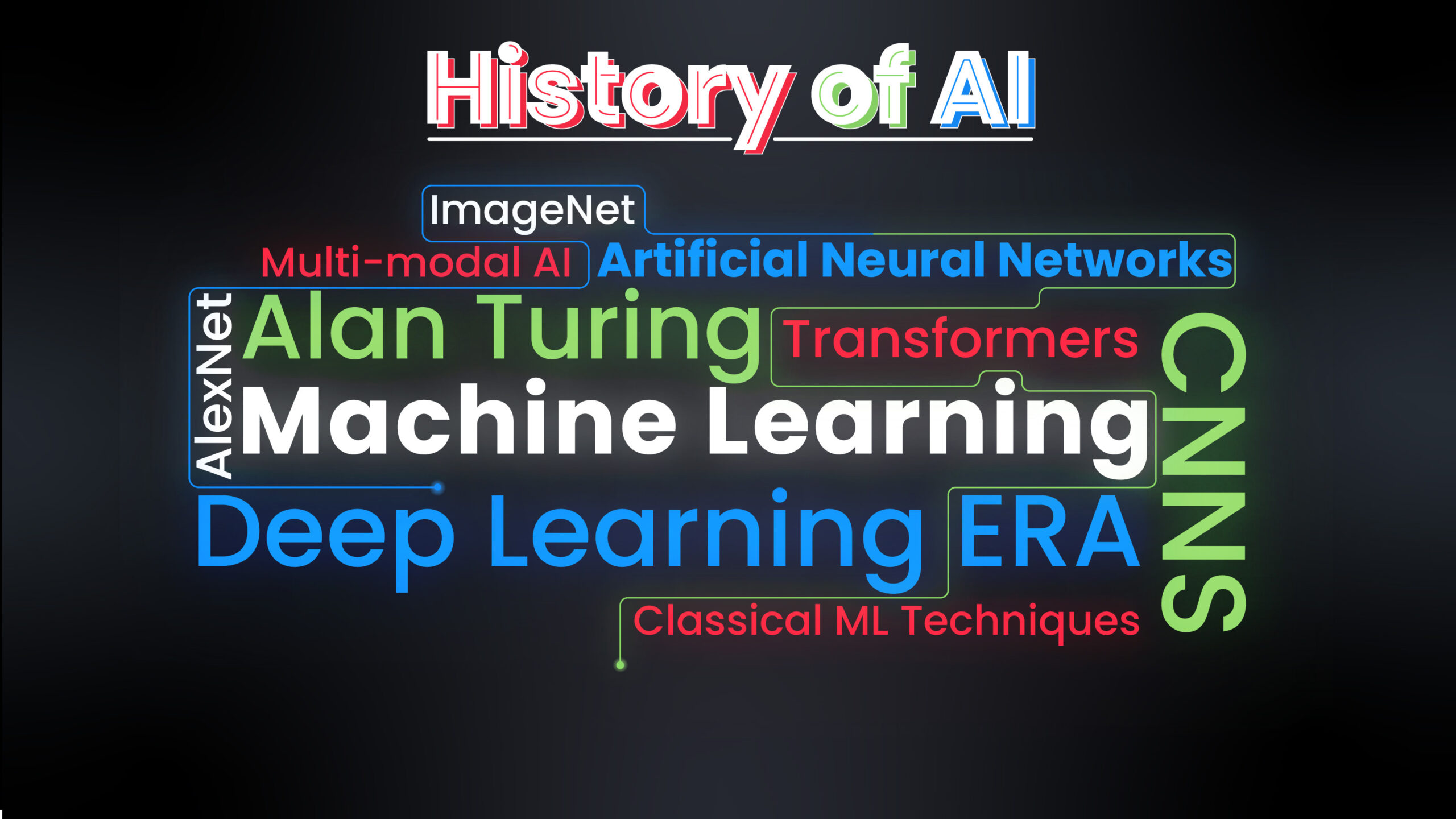

5K+ Learners
Join Free VLM Bootcamp3 Hours of Learning